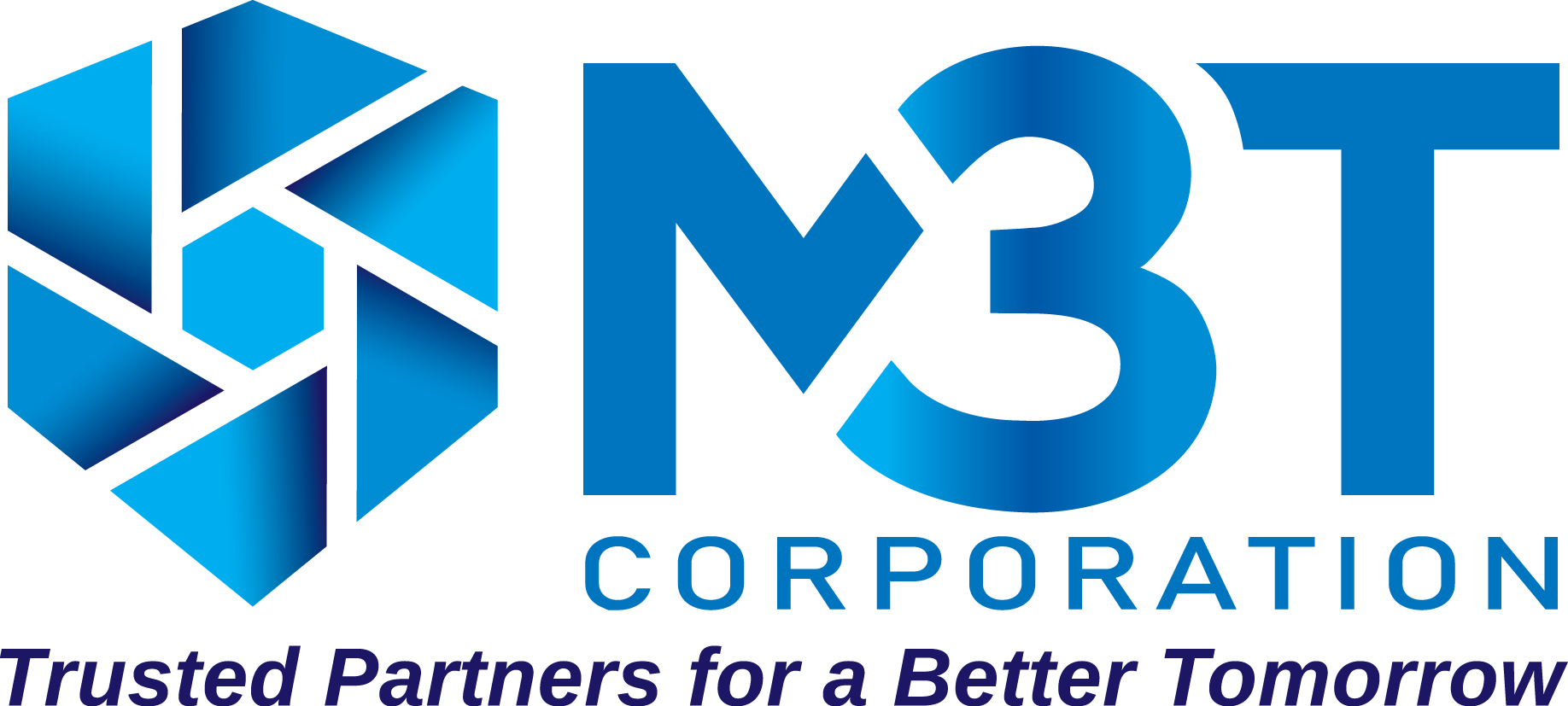Measuring Performance through Asking the Tough Questions
Performance measurement has a very wide scope. Performance can be measured at an individual level, at a unit level, and an organizational, or company level.
The best performance measurements seek to improve: quality, productivity, efficiency, and customer satisfaction. Those objectives should apply both internally and externally to the organization.
Individual performance metrics within an organization should take into account not only productivity, quality, and process improvement, but also the organization’s culture, values, and mission.
This calls into question, does management support the individual and/or business unit in achieving the performance goals set by the organization? And, just as important, does management strive to remove roadblocks to performance through training, coaching, process, and procedural improvements?
Performance evaluation within an organization should also answer the following:
- How do values and culture shape organizational goals and responsibilities?
- How does management exert their authority through formal practices?
- What are some informal practices leaders rely on to get work done?
- How is success rewarded and how is failure addressed?
External to the organization good performance is in the mind and judgment of the paying customer. For the servicing organization to have an inkling of what the customer thinks of its performance, the hard question must first be asked of and answered by the customer:
- How would you rate the products and support you receive?
- How happy are you with us as a company?
- How easy did we make it to resolve or meet your needs?
- How could we improve your experience with us?
- What would you like to see us keep doing or stop doing?
- What is the one thing we could add to the product/service that will help improve your efficiency and productivity and provide more value to your organization?
- What do you wish we could do but can’t?
- What are your “pain” points with us and how do you think we could fix them?
- What’s the main benefit you receive from our products/services?
- What are your biggest challenges or changes you face in the near future and how can we help you?
The answers to these and other similar questions will provide direction in how to improve the organization’s performance in the eyes of the customer.
But, the answers are just a place to start. The more difficult part is the follow-through that shows the customer that the organization is committed to improving the relationship and services provided which will help to make the customer’s enterprise more productive.
Lastly, the servicing organization must communicate and or demonstrate what it is doing to improve its relationship and commitment to the customer.
In other words; hold their hand.

Jason Elder
Design Engineer
